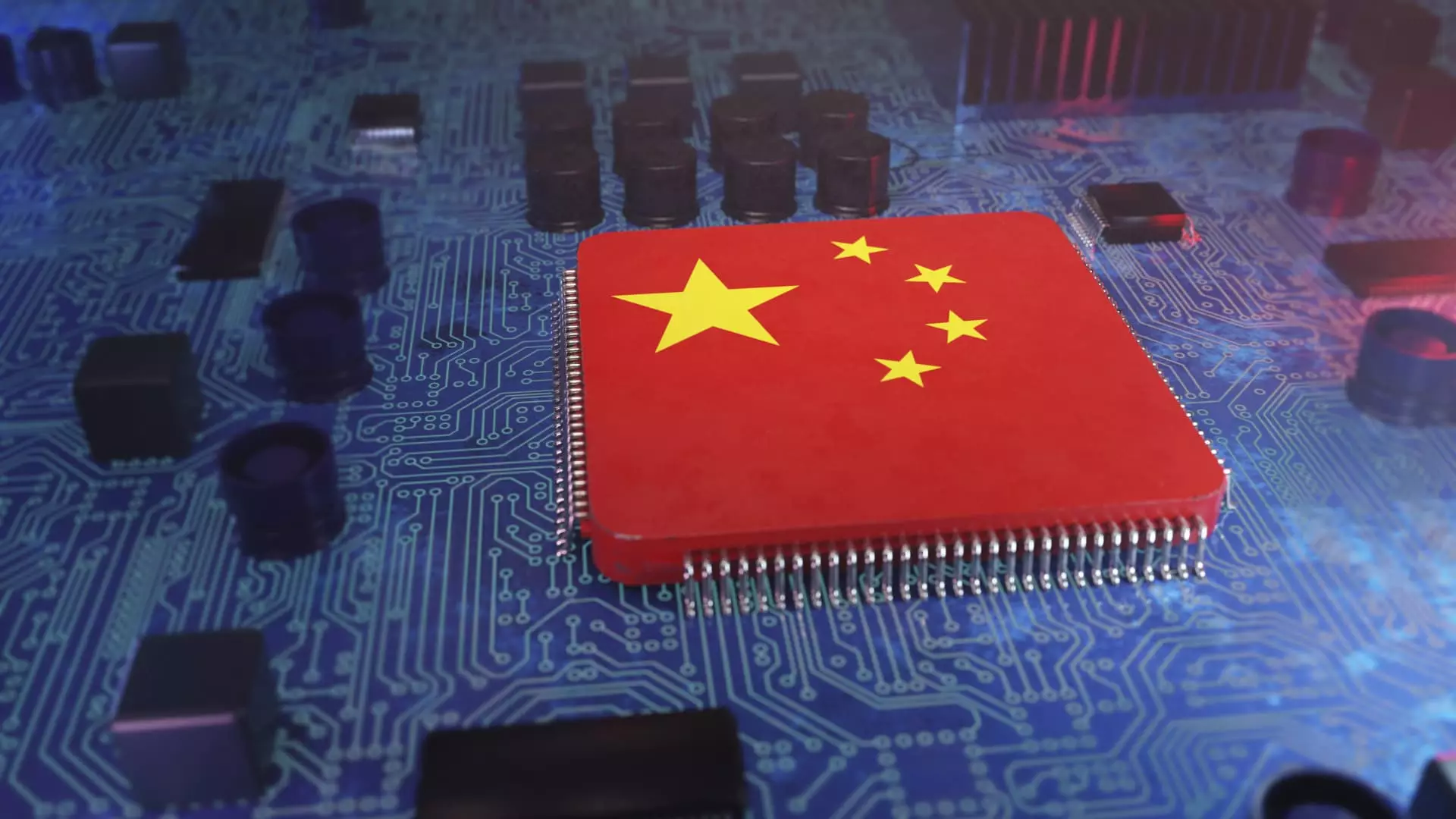China’s technological landscape is undergoing a profound transformation, significantly determined by the rise of generative artificial intelligence (AI). As U.S. tariffs loom, Chinese enterprises are not merely reacting; they are innovating in real-time, unveiling AI-driven products and services that could redefine their business models and local economies. The convergence of digital advancement, economic necessity, and competitive pressures has created a unique environment ripe for AI innovation on Chinese soil.
The AI Surge: Daily Innovations
In the past few weeks, a remarkable wave of AI product announcements has swept through China, highlighting the rapid pace of innovation in this sector. Notable companies such as Kuaishou and Tencent are at the forefront, each unveiling tools that not only leverage AI technology but also generate substantial revenue. Kuaishou’s video-generating AI tool, Kling, swiftly amassed over 100 million yuan, indicating a robust market demand for innovative content creation tools. Meanwhile, Tencent showcased its advanced AI model, Hunyuan T1, designed for complex visual generation and reasoning tasks, facilitating ground-breaking applications in gaming and beyond.
Tencent’s explosion of success with its Yuanbao chatbot app, which saw a staggering 20-fold increase in daily users, underscores a critical trend: AI is no longer a futuristic concept but a tangible asset that businesses can deploy to enhance daily operations and engage consumers more effectively. The application of AI technology, especially in agriculture, demonstrates its potential to optimize traditional sectors, proving that the tech isn’t limited to tech-savvy industries but is a versatile tool adaptable to various fields.
China’s Manufacturing Edge in AI
China’s status as a manufacturing powerhouse provides it with a distinctive edge in the AI arena. The abundance of machinery capable of collecting valuable industry-specific data enables firms to train AI models with unparalleled precision. As Maxwell Zhou, CEO of DeepRoute.ai, suggests, this physical infrastructure lays the groundwork for developing sophisticated applications, such as autonomous delivery systems. The prospective roll-out of voice-command driven automation reflects an ambition to integrate AI seamlessly into everyday logistics, a step that could dramatically alter consumer habits and expectations.
This synergy between traditional manufacturing strengths and cutting-edge technology illustrates how China aims to cultivate a robust AI ecosystem. Businesses are not merely adopting AI; they are embedding it into their core operations to enhance efficiency and innovation. This approach might very well buffer the Chinese economy against the tide of external pressures, such as tariffs.
Earnings Potential in the AI Era
The implications of these technological advancements are significant, particularly concerning corporate earnings. Analysts are increasingly optimistic about the potential for AI to bolster profits, aiding firms in navigating the complexities of an evolving economic landscape. According to investment strategist Ding Wenjie, the upward trajectory in earnings expectations is promising, offering Chinese companies a profound avenue to combat the negative impact of tariffs. AI tools not only reduce operational costs but also enhance productivity, factoring into a broader strategy for economic resilience.
Goldman Sachs’ projections regarding tariffs, which could extract a notable chunk from Chinese corporate earnings, reflect the precarious balancing act businesses must perform. Yet resilience is an intrinsic part of the Chinese ethos. By harnessing the power of AI, companies might insulate themselves from external economic pressures, demonstrating adaptability in the face of challenges.
AI: The Future of U.S.-China Relations
Beyond mere economic outcomes, the U.S.-China dynamic hinges on navigating the complexities introduced by advanced technologies like AI. Thomas Friedman’s recent insights highlight that discussions should pivot towards AI innovation, rather than solely focusing on tariffs or geopolitical tensions. This perspective suggests a paradigm shift in international relations, where collaborative dialogues on AI become paramount — akin to past nuclear arms negotiations.
Understanding the immense potential that collaborative AI efforts could unlock in global markets, both nations have a vested interest in creating frameworks that can harness this technology for mutual benefit. Thus, while tariffs pose immediate economic challenges, they also create an opportunity for a more profound dialogue on shared advancements in technology.
China’s swift integration of AI technology is not merely a response to trade war pressures; it is a strategic move to outpace competitors and redefine economic trajectories. The future belongs to those who can turn innovative visions into reality, and it is clear that in the race for dominance in AI, China is fully poised to lead the way.

